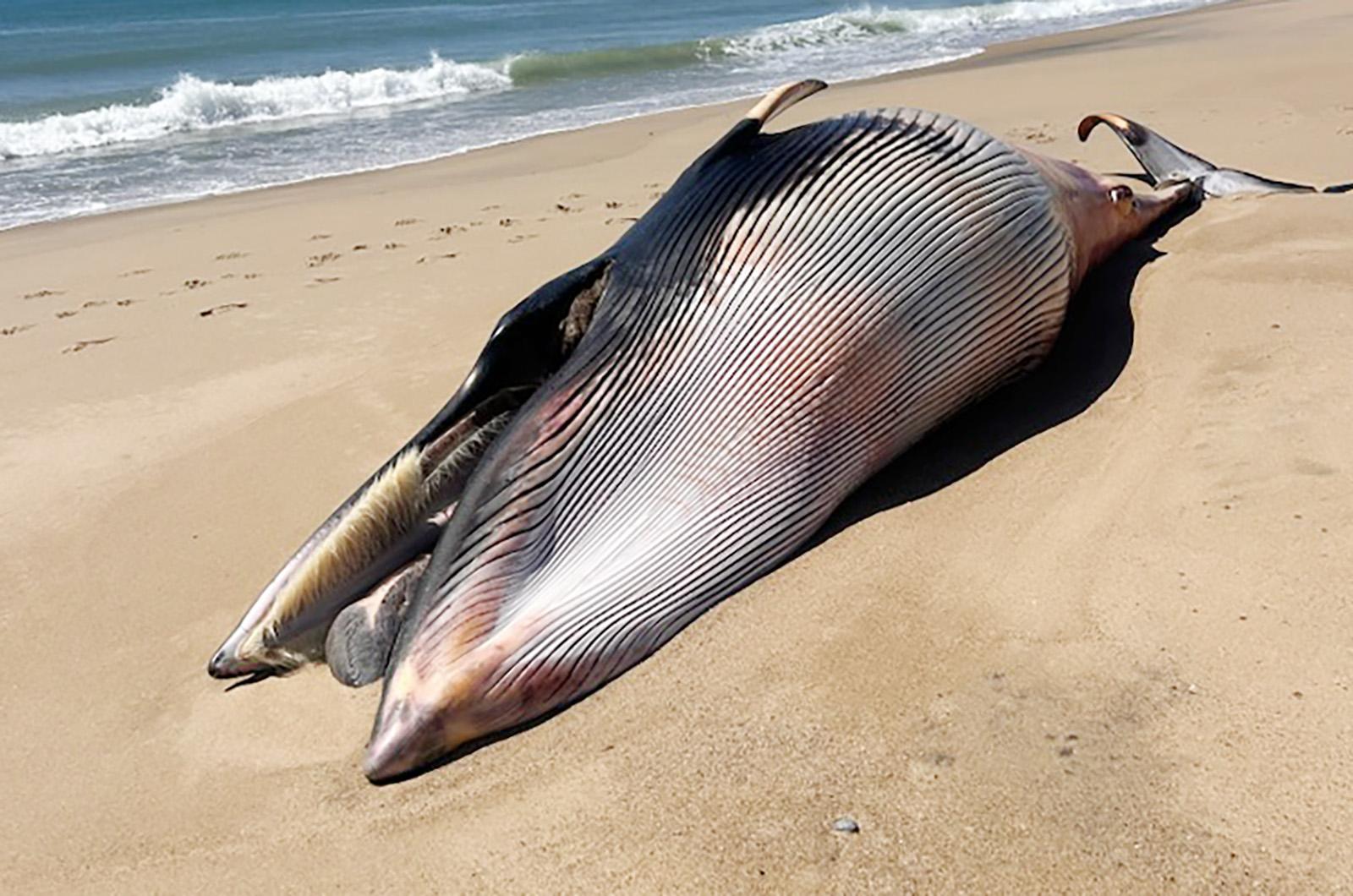Let’s get the pronunciation out of the way: it is “minke” think “MINK-ee,” rhyming with stinky.
The common name of this baleen whale came from an 18th-century Norwegian whale spotter named Meinke, who misidentified this new whale as a blue whale. In a cosmic irony, his own name became confused too, over the course of time, with the current spelling of minke. His error was corrected when Danish missionary and naturalist Otto Fabricius documented this animal in the scientific literature, even if the name remained.
Otto, like the whale he described, was deeply connected to the ocean. He is credited with describing more than 470 species, most of which were marine, and 130 of which, at the time, were new to science, though not new to the local Inuit people.
Growing up in Denmark, Fabricius described himself as “possessed of an insatiable lust for studying.” He studied geology, history and divinity, eventually becoming a missionary with a passion for science. He was sent to Greenland as a missionary and studied its fauna, eventually publishing Fauna Groenlandica in 1780.
That book was unique for its time, as it included and documented Indigenous species names, knowledge of their uses for those species, and methods of hunting or capturing the animals described. Fabricius lived among and learned from the natives, adopting their clothes and learning their ways and skills including how to kayak in their vessels, hunt seals with a harpoon, and living away from settlement in isolated areas.
Errors seemed to dog the minke whales. The scientific name Fabricius used for it described another species, and his error was eventually corrected by another naturalist. This is not unusual in scientific nomenclature and, as with many species, the minke’s scientific names changed over time. Balaenoptera acutorostrata, translated as “finned or winged whale with a sharp stout,” is its current nomenclature. Other aliases include lesser finback, lesser rorqual, common minke and northern minke.
A small member of the baleen whale genus, minke whales have 240–360 baleen plates on each side of their mouth. Compare this to 270 to 440 baleen plate on each side for humpback whales. These plates serve to filter their food, which consists of invertebrates, small fish, crustaceans and other marine morsels obtained by guzzling great glugs of water.
Minkes are the second smallest of the baleen whales, only dwarfed by pygmy right whales. These petit giants are just shy of 30 feet at maturity, and weigh 20,000 pounds — as much as a large elephant. Their size has been a bit of a blessing, as they were not the most desired whale to hunt due to their size relative to other whales. Minkes are still hunted in a few places for food and as long-standing cultural tradition.
The population of these whales is stable, and minkes are not listed by state or federal agencies as either endangered or threatened. They are, like all marine mammals, protected by the Marine Mammal Protection Act. The loss last week of a minke whale that washed up on a Chilmark beach is significant, especially when seen in context of the increase in whale deaths in the last few years. We can only hope that the next time one of these great little whales is observed, it will be from a distance, swimming offshore among the waves.
Suzan Bellincampi is director of the Felix Neck Wildlife Sanctuary in Edgartown, and author of Martha’s Vineyard: A Field Guide to Island Nature and The Nature of Martha’s Vineyard.




Comments
Comment policy »